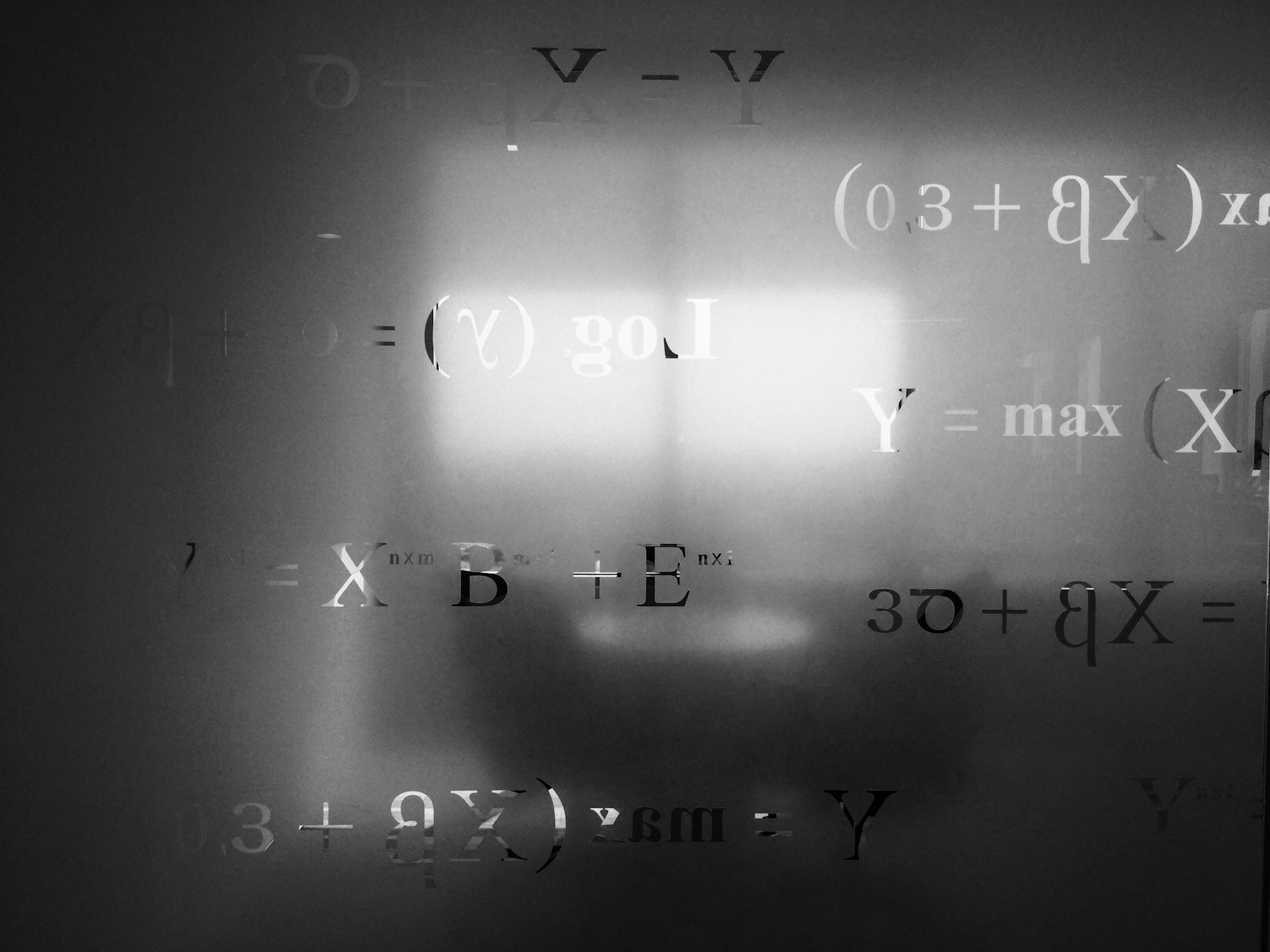KIS Summary:
- Think IB Math AA Paper 1 is impossible without a calculator? Think again. This guide breaks down exactly what to expect in both SL and HL exams, the key topics you must master, and proven study strategies to help you ace your no-GDC paper with confidence — from efficient hand calculations to mastering markschemes and timed practice.
Table of Contents
- What is the IB Math AA Paper 1?
- Math AA SL vs HL
- Mastering Key Topics Assessed in Paper 1
- How to Study for Paper 1?
What is the IB Math AA Paper 1?
Your IBDP assessments put everything you’ve learned in the 2 years to the test – so knowing what to expect and practising exam conditions can make all the difference between a 6 and a 7.
For both SL and HL levels of Math AA, Paper 1 assesses how well you can apply mathematical reasoning without relying on your calculator. You’ll need to understand and interpret mathematical relationships, especially using graphs, manipulate expressions, and analyse functions. The paper’s divided into two sections that covers the entire syllabus:
- Section A: Short-response questions testing specific skills/concepts (usually fewer marks)
- Section B: Longer, sustained questions requiring detailed solutions (multi-step reasoning)
Math AA SL vs HL
While the paper format is super similar across both levels, the difficulty, duration, and mark weightage differ between SL and HL:
For SL students:
- Time: 1 hour 30 minutes (90 minutes)
- 40% of your final grade
- 80 marks total
For HL students:
- Time: 2 hours (120 minutes)
- 30% of your final grade
- 120 marks total
Mastering Key Topics Assessed in Paper 1
Topic 1: Number and Algebra
- Practise transforming between logarithmic and exponential forms.
- If a question builds in parts (a) → (b) → (c), reuse earlier results.
- You will earn carry-over marks for the next part even if you’ve made an error with the previous values.
- Master compound interest and depreciation.
- Learn the binomial expansion patterns (they’re often repeated from past papers!)
(HL)
- Be quick with permutations, combinations, and partial fractions.
- Memorise De Moivre’s theorem; it makes complex number questions easy.
- For proofs, be very clear: base case → hypothesis → step → conclusion.
- Solve 3×3 systems neatly, matrix methods are optional but fast.
Topic 2: Functions
- Sketch graphs by hand and label intercepts, asymptotes, maxima/minima.
- Remember transformations: f(x+a) shifts left, f(x−a) shifts right, a f(x) stretches vertically.
- Use discriminants to confirm the number of roots quickly.
- When solving graphically, identify intersections before calculating.
- Check if later questions ask you to differentiate or integrate the same function (Paper 1 often connects topics!)
(HL)
- Know the factor and remainder theorems well.
- Sketch rational and modulus functions.
Practise solving inequalities like g(x) ≥ f(x) (both algebraically and graphically).
Topic 3: Geometry and Trigonometry
- Know the fundamental identities (best; memorize the sin, cos and tan functions).
- When solving trig equations, find all valid solutions in the interval (within the given domain).
- For vector questions, sketch the problem, it’s much easier to visualise direction, magnitude and angles.
- Revise radian measure and the sine/cosine rules for non-right triangles.
(HL)
- Know reciprocal trig ratios (sec, cosec, cot) and inverse functions.
- Use double-angle identities fluently for simplification.
- Draw 3D diagrams to interpret vector and plane intersections quickly
Topic 4: Statistics and probability
- Understand what mean, median, and standard deviation mean, not just how to compute them.
- Be fluent with probability notations (union, intersection, conditional) and how they relate. Use venn diagrams where required.
(HL)
- Know how linear transformations affect mean and variance.
- Review PDFs and continuous random variables conceptually (no GDC).
Topic 5: Calculus
- Practise doing derivatives and integrals with clear notation and be fluent with rules (product, quotient, chain).
- Always. Sketch. Functions.
- Interpret what your result represents e.g. a derivative represents rate of change, an integral represents area.
- Use clear notation:
- f′(x), dxdy etc.
(HL)
- Master implicit differentiation and integration by parts.
- Learn to set up differential equations systematically.
- Remember Maclaurin series expansions for approximations.
How to Study for Paper 1?
1. Know your syllabus.
- Download the official syllabus and make a list of key topics for Paper 1.
- Understand the command terms: “determine”, “show that”, “derive”. If a question says justify, you must offer reasoning, not just a numeric answer.
2. Build your “no-GDC” efficiency.
- Practise doing calculations by hand.
- Focus on exact answers (e.g., leaving in surds or in terms of π) when required.
- Create flashcards for essential formulas (even if you have a formula booklet), the goal is to recognise immediately when to apply which formula.
3. Practice! Practice! Practice!
- Set aside regular blocks to do one full Paper 1 or at least one Section A + one Section B under timed, exam-style conditions.
- Make sure you practise Section B style questions because that’s where the highest marks often lie.
- After each practice, review in depth with the markscheme beside you.
4. Understand the markscheme + show full working.
- The IB rewards working (method, accuracy) and reasoning, not just the final answer.
- Use correct mathematical language (“therefore”, “hence”, “∴”).
- Pay attention to units.
- Make sure to answer using three significant figures (if more, use scientific notation) unless stated otherwise.
For more tips on exam strategy, check out these articles 👇



FAQs
How many hours per week should I use for Paper 1 revision in the last month?
In the last 4 weeks you might aim for 4-6 hours per week focused on Paper 1 style practice, with at least one full timed paper, two shorter drills (Sections A/B), and 1–2 “weak topic” sessions.
Is memorising formulas enough to do well in IB Maths Paper 1?
No; memorising helps, but what matters more is understanding when and how to use the formulas, and your ability to manipulate algebra (especially for graphing!) without a GDC. Many students with formula sheets still lose marks because their method/reasoning is insufficient.
What I can do to boost my IB Maths Paper 1 score?
Ensure you understand all formulas, practice full mock papers under exam conditions, analyse every mistake, and ensure your working is clear and logical. The combination of timed practice + strong revision of mistakes gives the biggest boost. Getting familiar with the format, pacing, question types and referring to the mark schemes builds confidence.
Want more personalised guidance to help support your child through their studies? Find a KIS Academics tutor today to support your child’s educational journey!
What Our Students & Parents Say
600+ Five-Star reviews across all our tutoring programs — hear why below !👇
Written by KIS Academics Tutor for IB, Adithi Potty. Adithi is currently studying for a Bachelor of Economics and Politics with International Studies at the University of Melbourne. You can view Adithi’s profile here and request her as a tutor.








